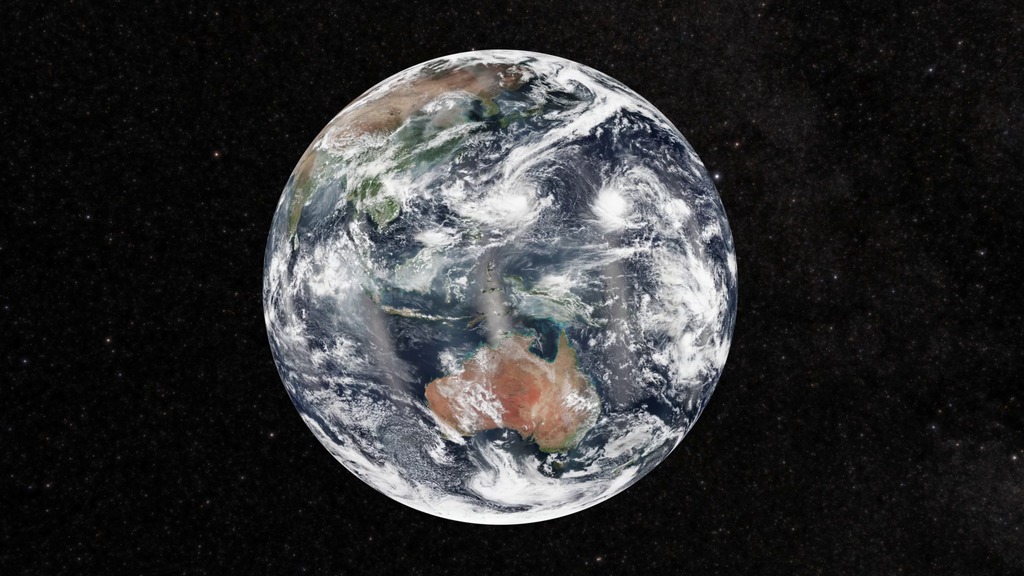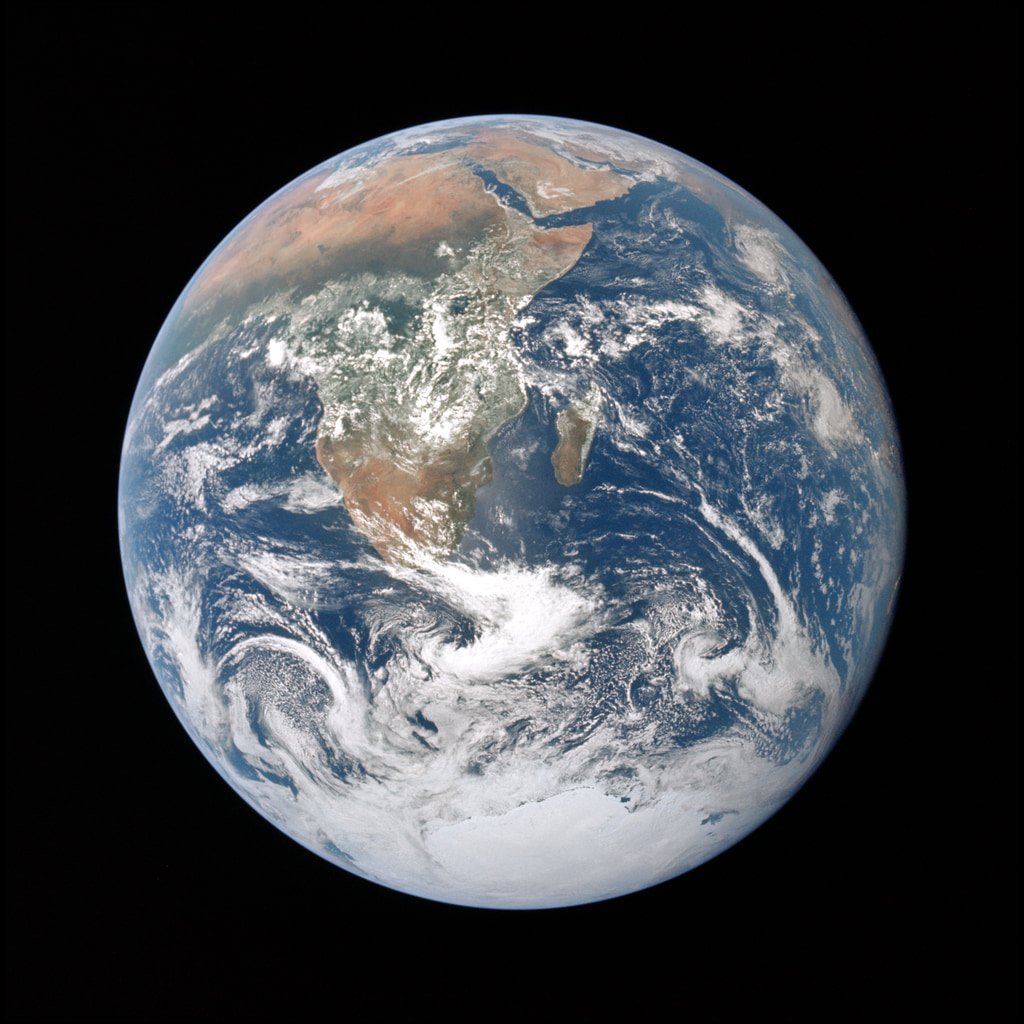Blue Marble 2015
The Blue Marble, October 2015
Satellites like Suomi National Polar-orbiting Partnership (NPP) get a complete view of our planet each day, which allows us to create beautiful images of Earth like the one shown here. While it might seem simple, it is actually a rather complex process. Multiple, adjacent swaths of satellite data are pieced together like a quilt to make one global image. Suomi NPP was placed in a unique polar-orbit around the planet that takes the satellite over the equator at the same local (ground) time every orbit. The satellite passes are generally separated by 90 minutes and the instruments image the Earth’s surface in long wedges, called swaths. The swaths from each successive orbit overlap one another, so that at the end of the day, the satellite has a complete view of the world.
This composite image, captured by Suomi NPP’s Visible Infrared Imaging Radiometer Suite (VIIRS), shows how the Earth looked from space on October 14, 2015—a day the contiguous United States had mostly clear skies. The movement of clouds is not easily visible between consecutive swaths of data; however, by the end of the day, the cumulative movement of clouds can be seen at the vertical seam located near the center of the Pacific Ocean. The vertical lines of haze near the equator are caused by sunglint, the reflection of sunlight off the ocean.
The Blue Marble, October 2015, Slow

Flat map texture
Credits
Please give credit for this item to:
NASA's Goddard Space Flight Center
-
Animator
- Amy Moran (Global Science and Technology, Inc.)
-
Visualizer
- Jesse Allen (SSAI)
Release date
This page was originally published on Tuesday, April 5, 2016.
This page was last updated on Tuesday, November 14, 2023 at 12:32 AM EST.
Datasets used in this visualization
-
VIIRS [Suomi NPP: VIIRS]
ID: 722
Note: While we identify the data sets used in these visualizations, we do not store any further details, nor the data sets themselves on our site.


